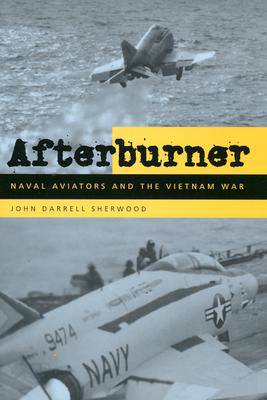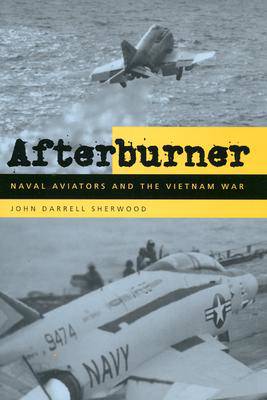
- Afhalen na 1 uur in een winkel met voorraad
- Gratis thuislevering in België vanaf € 30
- Ruim aanbod met 7 miljoen producten
- Afhalen na 1 uur in een winkel met voorraad
- Gratis thuislevering in België vanaf € 30
- Ruim aanbod met 7 miljoen producten
Omschrijving
View the Table of Contents.
Read the Prologue.
"An exceptionally well written, well documented, fast-moving account."--Washington Times
"This is a book written on multiple levels, and well worth reading."--M.S. Naval Institute Proceedings
"This book is a welcome addition to the history of naval aviation and fills a much-needed void by detailing the later years of the Vietnam naval air campaign."--Sea Power
"Makes for lively, vivid, and informative reading. I would include it...on my list of the top ten books on the air war in Vietnam."
--Air Power History
"John Sherwood has done a fine job in giving us a first-rate account of a confusing but critically important period in Naval Aviation history."--The Hook
"As a collection of individual studies and 'war stories, ' Afterburner should find an interested readership." --Military History
"With a 45-degree dive angle set, 450 knots of airspeed building, and my altimeter unwinding like crazy, my scan went rapidly between the bombsight and flight instruments. . . . When I looked over my shoulder at the target, I could see where the bombs had hit and exploded."
Through stories like this diary entry of a fighter pilot, John Darrell Sherwood brings forth the personal accounts of 21 naval and marine aviators in this chronicle of the second half of the Navy's air war over Vietnam.
Despite spending over 200 billion dollars and dropping almost 8 million tons of bombs on Southeast Asia, the U.S. was unable to score a definitive victory in the air war. Afterburner takes us inside the day-to-day operations of the air war, particularly during the most intense year of the campaign: 1972. During that year, North Vietnam launched the first large-scale conventional attacks on strongholds in South Vietnam. Sherwood shows how the U.S. fought back with some of the most innovative air campaigns in its history, including Nixon's Linebacker bombings and the Navy's mining operation in Haiphong Harbor. From duels with enemy MiGs to the experiences of Commander C. Ronald Polfer, who became the voice of reason among American POWs in the Hanoi Hilton's Room 5, the detailed stories in Afterburner make these historical events come to life.
Sherwood compiles and analyzes an incredible breadth of information about the details of each of the Navy's operations during the air war and then relates the key parts of the narrative through the eyes of an pilot or flight officer involved in each action. Through tales of courage and fear, triumph and horror, Sherwood reveals the lives of common aircrews who performed extraordinary service. Their experiences illustrate the personal nature of war--even from the air--and show that the air war in Vietnam may have begun as a slow burn, but by 1972, it was more intense than an F-4 afterburner.
Specificaties
Betrokkenen
- Auteur(s):
- Uitgeverij:
Inhoud
- Aantal bladzijden:
- 353
- Taal:
- Engels
Eigenschappen
- Productcode (EAN):
- 9780814798423
- Verschijningsdatum:
- 31/05/2004
- Uitvoering:
- Hardcover
- Formaat:
- Genaaid
- Afmetingen:
- 161 mm x 235 mm
- Gewicht:
- 639 g

Alleen bij Standaard Boekhandel
Beoordelingen
We publiceren alleen reviews die voldoen aan de voorwaarden voor reviews. Bekijk onze voorwaarden voor reviews.











